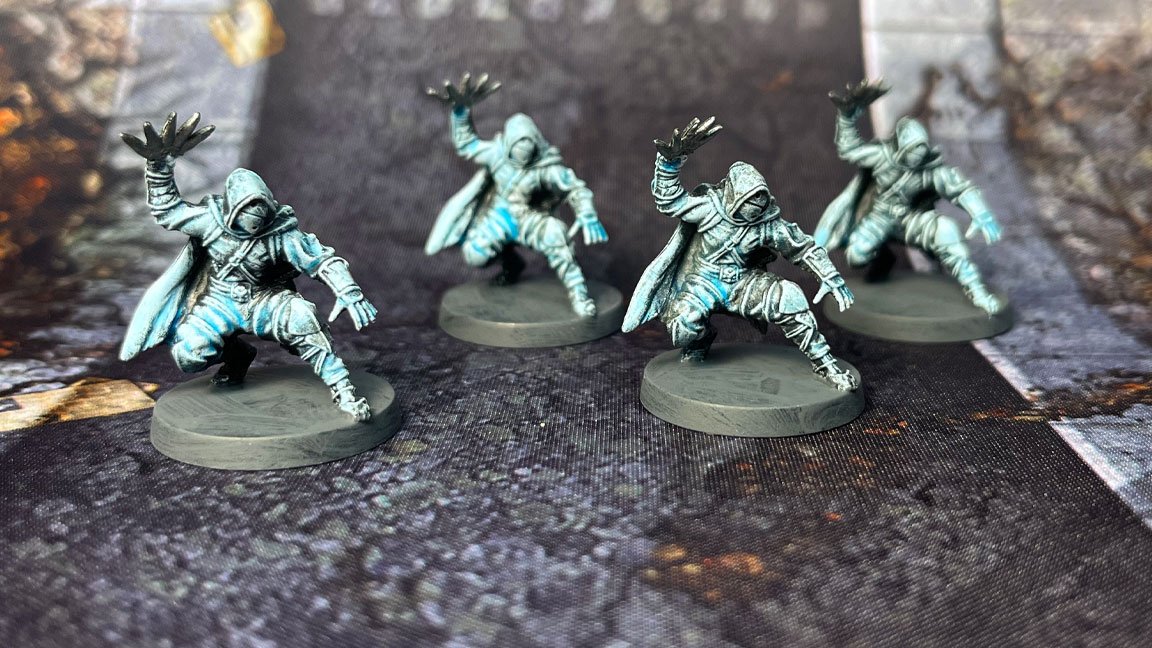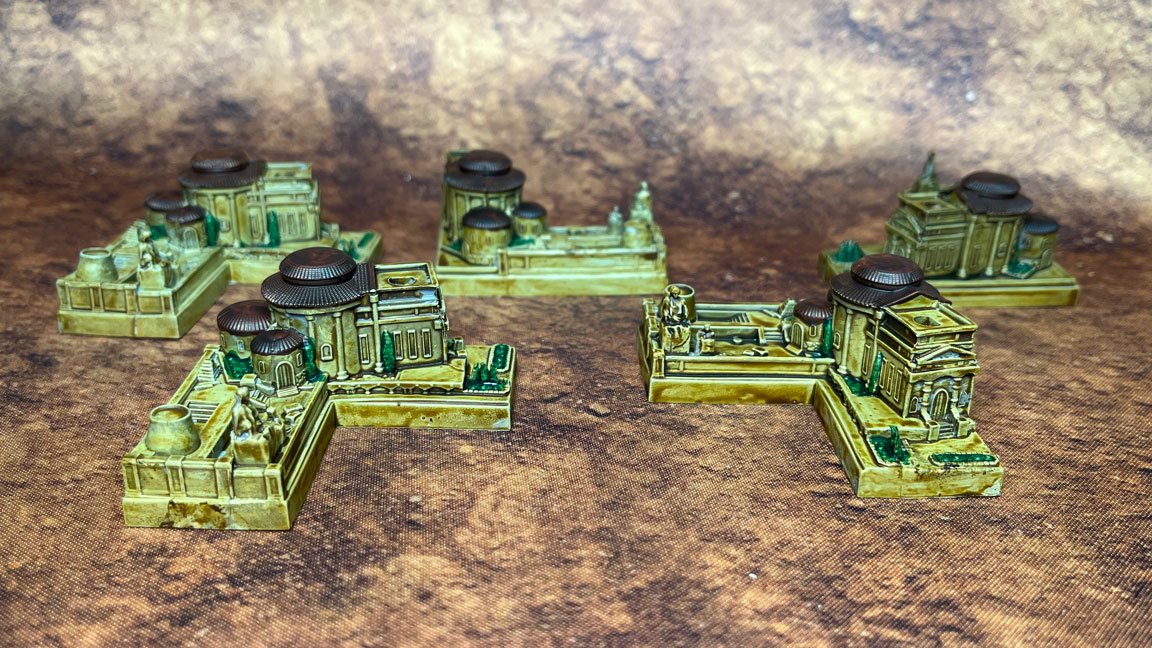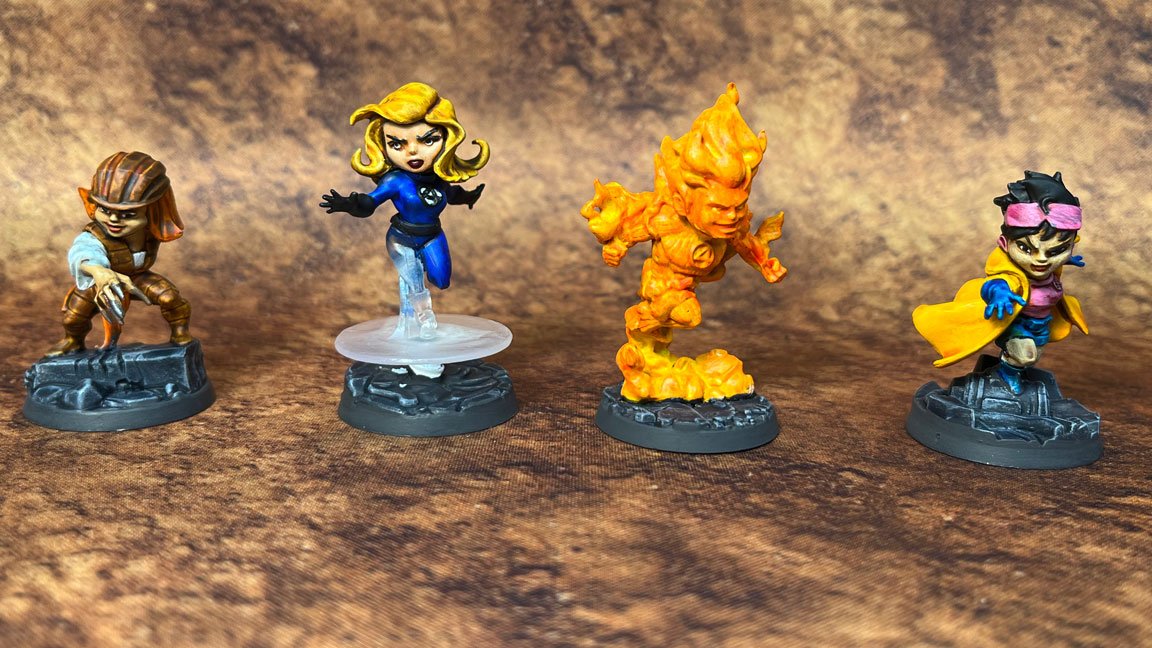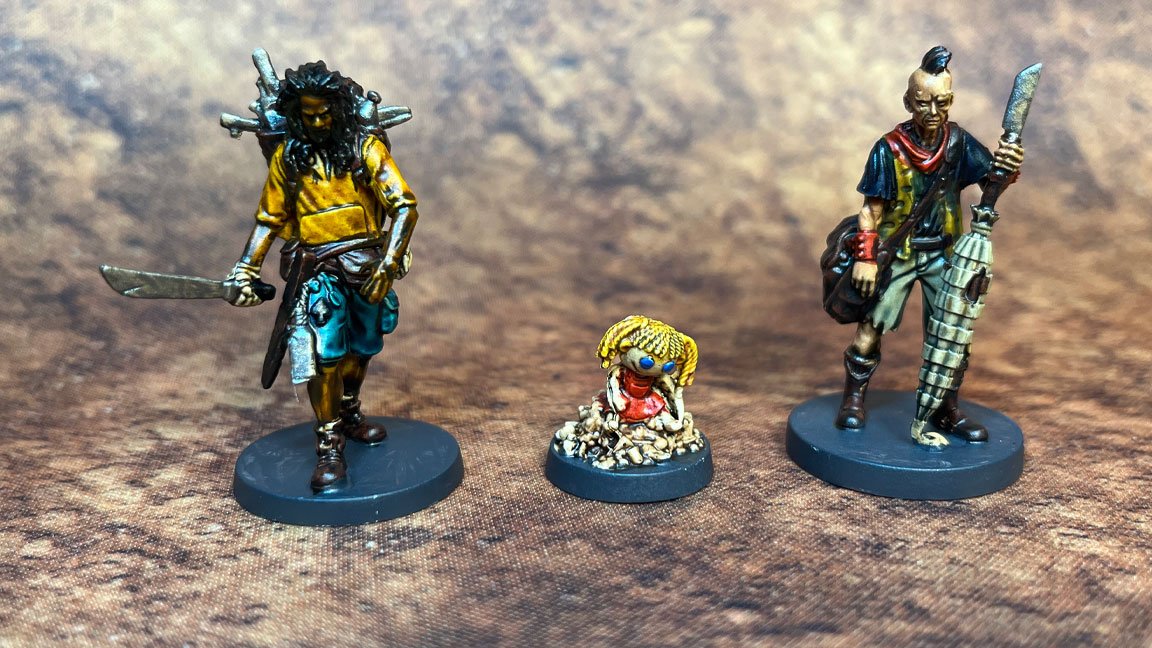Board Games - Some days I feel like there might be two many games, I mean how many different ways can you tell folk tales or stories of an apocalypse? Do we really need more zombie games? How many games do you own that are still in shrink wrap? Do you feel a strange need to have every game with miniatures painted? I mean honestly no, there’s never enough games and the creativity board games spark in their players lends itself to a constant churn of new content.
So times I start a project and think, “Didn’t I already paint this?” Forest of Radgost is one of those games. The setting is Slavic Mythology which is slightly different yet similar to many of the traditional myths I’m familiar with yet this if a bit different.
The miniatures are nice, not amazing but pretty nice and the description from the publisher is interesting. (Not having played yet I can’t say much beyond this):
Detailed miniatures, immersive storytelling, and rich mythology await you in Forest of Radgost, a cooperative storytelling tabletop game that brings Slavic mythology to life.
When a boy and a girl disappear from their village somewhere in IX century Europe, the village druid dispatches a search party to find the children and escort them back to safety. As one of the members of that search party, you will need to trespass into the sacred forest and cross the boundary that separates the realm of humans from the realm of the Slavic deity Radgost.
Inhabiting the forest are strange beings such as the Psoglav, Lesnik, or Todorci, none of which take kindly to human intruders.
You'll need to use all your skills, wisdom, and instincts to survive the numerous encounters with these strange creatures.
Along the way you will develop your character, collect items, gain skills, separate and rejoin with other members of the search party, and, possibly, discover the secret reason why the druid chose you to join the search party.
Forest of Radgost is a role-playing game where each player controls a character with a fleshed-out backstory, motivation, and skill-set. Players navigate the web of interconnected forest footpaths with a pair of dice that determine the distance and direction of their movement, evoking the feeling of being lost in the woods, with creatures lurking at each crossroad.
At each encounter, players must decide whether to run, hide, flee, or communicate, without knowing which creature they are about to face. Depending on their choices, the encounters are resolved according to the numerous scenarios provided in the accompanying book of encounters.














































































































































































































